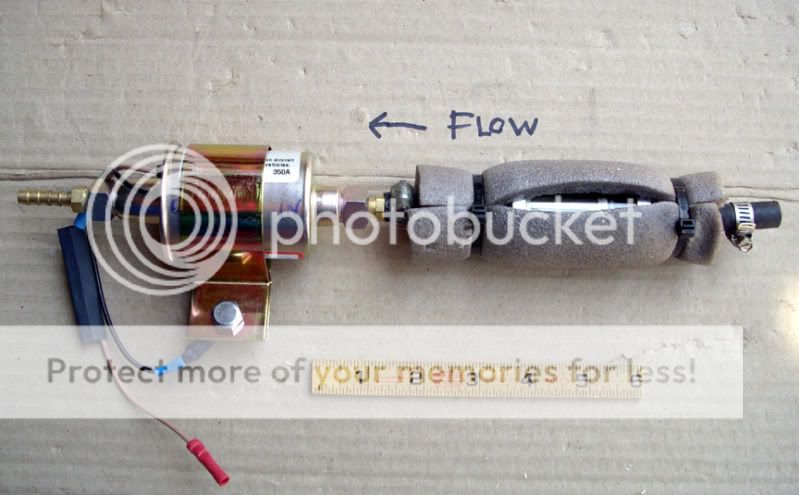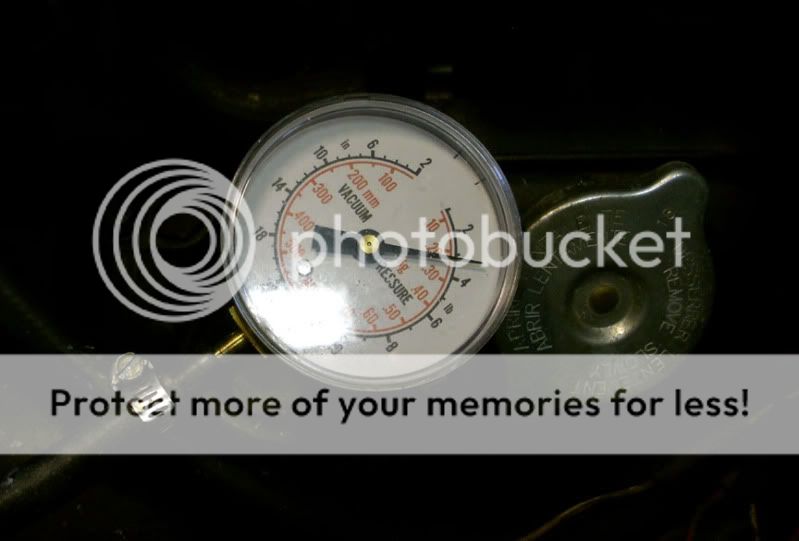dklawson
Yoda
Offline
That's a cool lamp Adrian. I have one in the boot of the Spit that has a long cord that winds up on with a crank. It's cord is long enough to reach the engine. It has already proved useful on more than one occasion.
EDIT:
On the subject of cleaning fuse boxes, in the Spit community one of the pundits is Paul Tegler. His advice/method for cleaning fuse boxes is to use the wire brushes used to clean .22 caliber rifles. I haven't used the method yet but it really sounds like a good method of getting into those bent metal fuse holders.
EDIT:
On the subject of cleaning fuse boxes, in the Spit community one of the pundits is Paul Tegler. His advice/method for cleaning fuse boxes is to use the wire brushes used to clean .22 caliber rifles. I haven't used the method yet but it really sounds like a good method of getting into those bent metal fuse holders.

 Hi Guest!
Hi Guest!

 smilie in place of the real @
smilie in place of the real @
 Pretty Please - add it to our Events forum(s) and add to the calendar! >>
Pretty Please - add it to our Events forum(s) and add to the calendar! >> 




